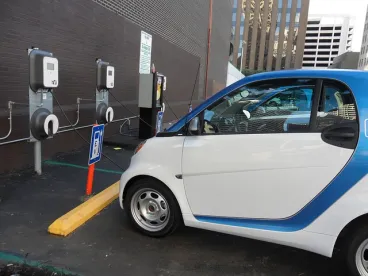The National Highway Traffic Safety Administration (NHTSA) said in a recent report, “The development of advanced automated vehicle safety technologies including fully self-driving cars, may prove to be the greatest personal transportation revolution since the popularization of the personal automobile nearly a century ago.” However, the automobile and transportation industry is still struggling with how this revolution will take place and what it means for one of the key components – the electrical grid. Vehicle-grid integration will present an opportunity to more efficiently plan and operate infrastructure broadly.
To address this big issue, leaders in the industry formed the Vehicle Grid Innovation Council (VGIC). One of the items for discussion includes allowing more rate flexibility for electrical vehicles. For example, electric vehicles owners could pay less if they charge their vehicles during low power-usage times. The group also will discuss automated vehicles using the grid; that is, automated vehicles present an even greater challenge than manned ones. Manned electric vehicles have a driver to plug them in, but autonomous ones will not. This means wireless charging. While this has been in the works for several years, the system is far from perfected. Currently, the prototyped system can charge an all-electric vehicle in one to two hours, while a plug-in hybrid could be charged in less than an hour. A wireless charging system would include a plate that the vehicle would drive over to charge. However, to increase safety, autonomous vehicles may be better served by overhead charging plates. On the flip side, there are also companies working on charging robots that would seek out electric vehicles and charge them before moving on to the next “customer.” For the moment, all we know is that these new technologies will mean a big change for the way we transport goods and people, and the way we operate our electrical grid.



 />i
/>i

